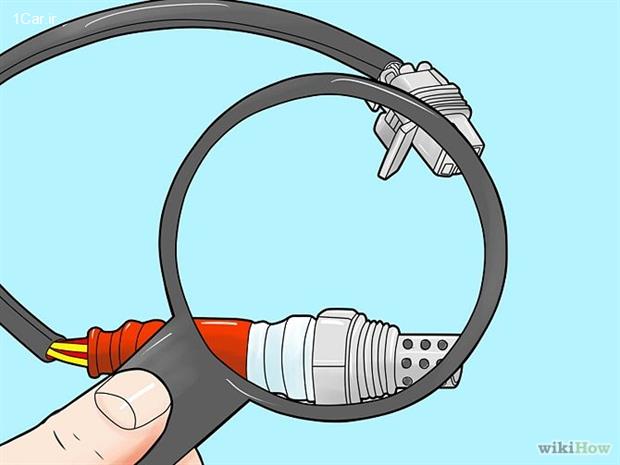Living in such a technology-based world, you might know that most of the vehicles contain a computerized engine control system nowadays. A computerized engine control system depends on several sensors to monitor as well as regulate the performance of the engine.
Oxygen Sensor, also known as the O2 sensor is one of the vital most sensors in an engine control system. O2 sensor is referred as the most important sensor as the whole system might go to the dog if there is any problem with it.
Here is what you need to know about O2 sensors as a home mechanic. Let’s get started in the following without delay!
What Is an Oxygen Sensor?
An oxygen sensor or O2 sensor is a device in the engine control system that is used to measure the amount of oxygen in gas or other liquid fuels.
An oxygen sensor is installed in the exhaust manifold in order to monitor the amount of unburned oxygen.
The O2 sensor is used to calculate the proportional amount of fuel mixture in the exhaust. In a computerized engine control system, the O2 sensor indicates whether the fuel mixture in the engine is burning more or less oxygen.
What Does an Oxygen Sensor Do?
As mentioned earlier, gasoline, as well as other liquid fuels, contains oxygen in them. So, an engine burns oxygen while burning gasoline or other fuels. Though the ratio of gasoline and oxygen varies depending on fuel type, the ideal ratio is 1:14.7.
The O2 sensor in the engine control system detects the amount of oxygen in the fuel and reports whether the engine is burning more oxygen or less.
Both the rich (less oxygen) and the lean (more oxygen) mixtures are harmful to the environment as well as bad for the engine. A rich mixture is responsible for environmental pollution whereas a lean mixture decreases the engine performance and damages it.
An O2 sensor in such cases helps the engine control system to determine the oxygen and gasoline ratio in the fuel.
How Does an Oxygen Sensor work?
An oxygen sensor produces electricity itself to run when it gets hot. Usually, it generates around 0.9 volts in rich fuel mixture when there is a little amount of unburned oxygen. But, the voltage goes down to around 0.1 if the fuel mixture is lean.
However, the oxygen sensor produces around 0.45 volts when the mixture is rational, oxygen: gas, 14.7:1.
At this point, when the engine control system receives a rich signal from the oxygen sensor, it brings balance by leaning the oxygen and gas mixture in the fuel. The same process reverses when the control system receives a lean signal.
Thus, an oxygen sensor or the O2 sensor indicates the engine control system to balance between oxygen and gas through this constant flip-flop in the fuel mixture.
In the end, we expect that you read between the lines and come to know the basics of an O2 sensor. Considering the importance of an oxygen sensor in the engine, you must be concerned about maintenance as well as replacement of the O2 sensor to maintain fuel efficiency in your car.
Don’t forget to check out the best oxygen sensors reviews whenever you need to replace the O2 sensor and buy a new one.








